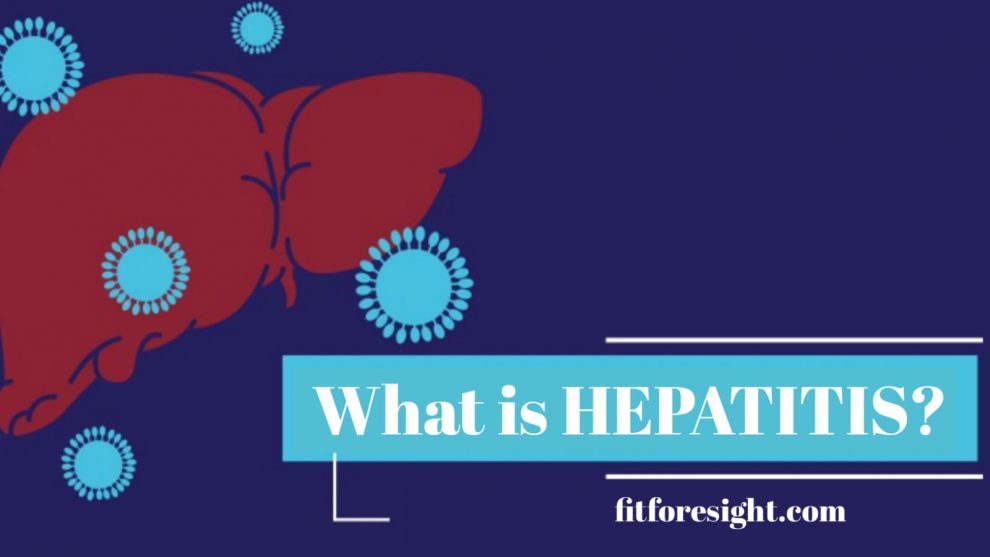Understanding, Prevention, and Treatment
Hepatitis is a global health concern that affects millions of people. Despite its prevalence, awareness about this condition remains relatively low. World Hepatitis Day serves as a reminder that we must understand, prevent, and treat hepatitis to curb its impact. In this article, we will shed light on the different types of hepatitis, their transmission, symptoms, and available treatment options.
Types of Hepatitis
Hepatitis is primarily categorized into five types: A, B, C, D, and E. Each type varies in its transmission methods, severity, and implications for long-term health.
- Hepatitis A (HAV): This type is usually contracted through contaminated food and water. It can cause acute illness but is rarely fatal. Vaccination is available for prevention.
- Hepatitis B (HBV): HBV spreads through contact with infected blood, semen, or other body fluids. It can lead to chronic liver disease, cirrhosis, and even liver cancer. Fortunately, a vaccine is available for protection.
- Hepatitis C (HCV): HCV is primarily transmitted through contact with contaminated blood, often linked to intravenous drug use or unsafe medical practices. Chronic HCV can cause liver damage over time.
- Hepatitis D (HDV): HDV is a unique form of hepatitis that requires the presence of HBV for infection. This makes the HBV vaccine crucial in preventing HDV.
- Hepatitis E (HEV): HEV is typically contracted through the consumption of contaminated water. While it is less common in developed countries, it can lead to acute hepatitis.
Transmission and Prevention
Understanding how hepatitis is transmitted is essential for preventing its spread:
- Hepatitis A is preventable through good hygiene and the HAV vaccine.
- Hepatitis B transmission can be avoided by using protection during sexual intercourse and getting the HBV vaccine.
- Hepatitis C is primarily spread through blood contact, so avoiding sharing needles and practicing safe sex is crucial.
- Hepatitis D requires the presence of HBV; therefore, HBV vaccination is key.
- Hepatitis E can be prevented by drinking clean water and practicing good sanitation.
Symptoms and Diagnosis
Hepatitis symptoms may not be apparent in the early stages, making it important to be aware of common signs such as jaundice, fatigue, abdominal pain, and dark urine. A blood test can confirm the presence of hepatitis and identify the specific type.
Treatment Options
The approach to treating hepatitis varies depending on the type and the stage of the disease:
- Hepatitis A: There is no specific treatment, but the body can often clear the virus on its own. Supportive care is recommended.
- Hepatitis B: Antiviral medications can help manage chronic HBV and reduce the risk of complications.
- Hepatitis C: Antiviral medications can cure most cases of HCV, preventing long-term liver damage.
- Hepatitis D: Treatment is challenging, and it often focuses on managing complications.
- Hepatitis E: Like Hepatitis A, there is no specific treatment, but supportive care can help.
Raising awareness of hepatitis is crucial, as early detection and prevention play a significant role in reducing its impact on public health. World Hepatitis Day, observed on July 28th, is an opportunity to educate people about this condition and advocate for hepatitis prevention, testing, and treatment. conclusion, hepatitis is a silent yet formidable threat to global health. By understanding the various types of hepatitis, their transmission methods, and the importance of prevention and treatment, we can take significant steps toward reducing the burden of this liver disease. Let’s join the fight against hepatitis and raise awareness to protect ourselves and our communities.




















